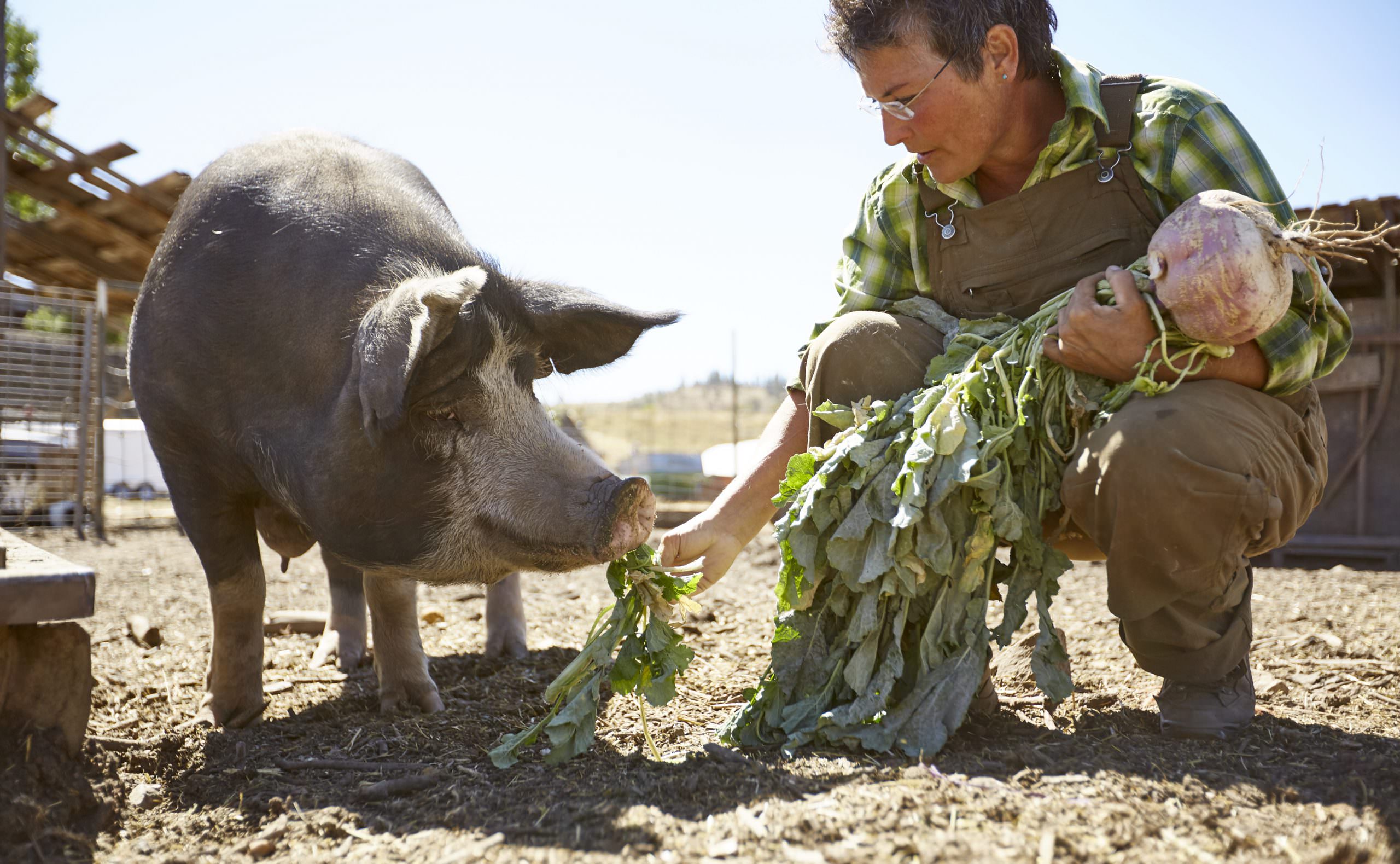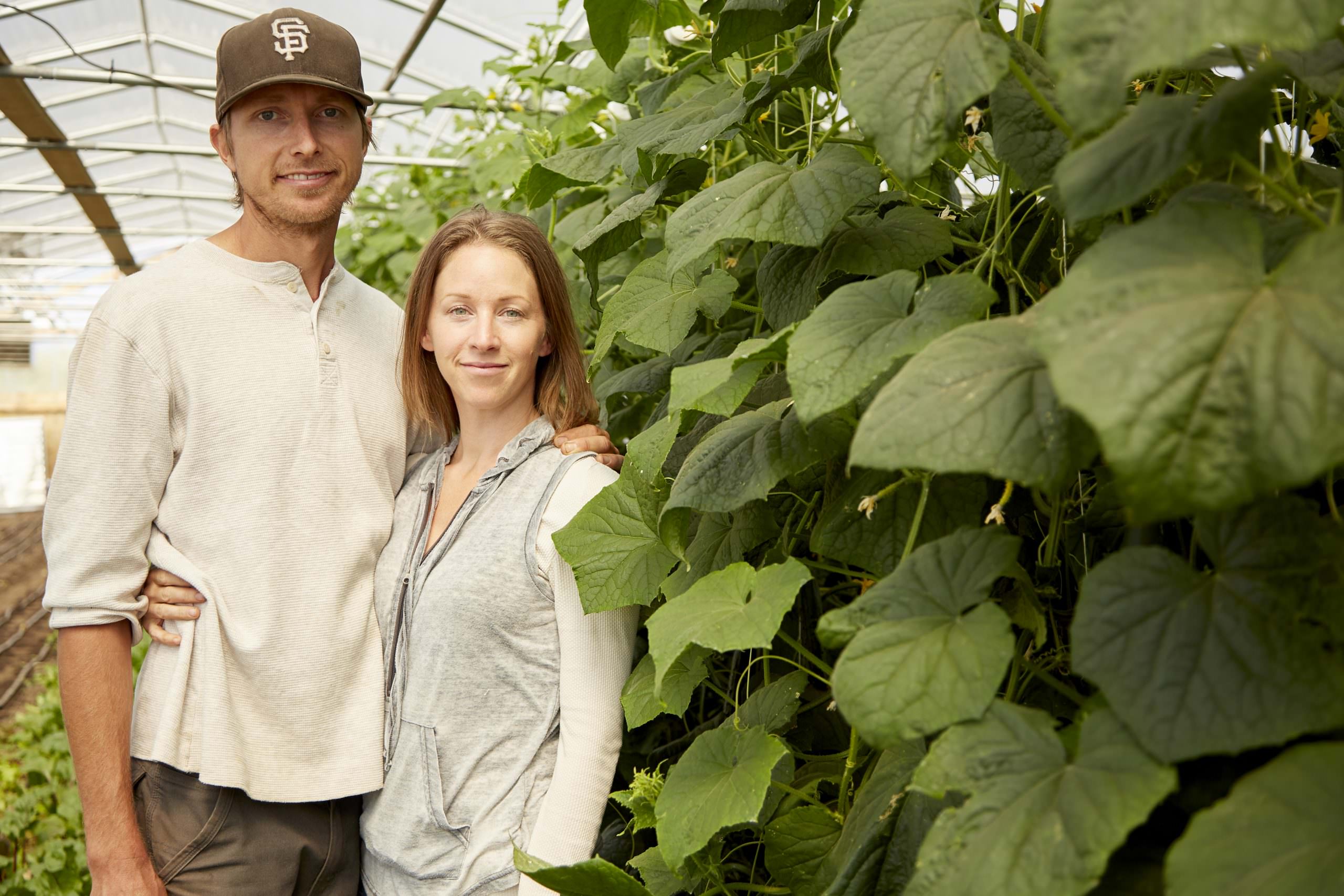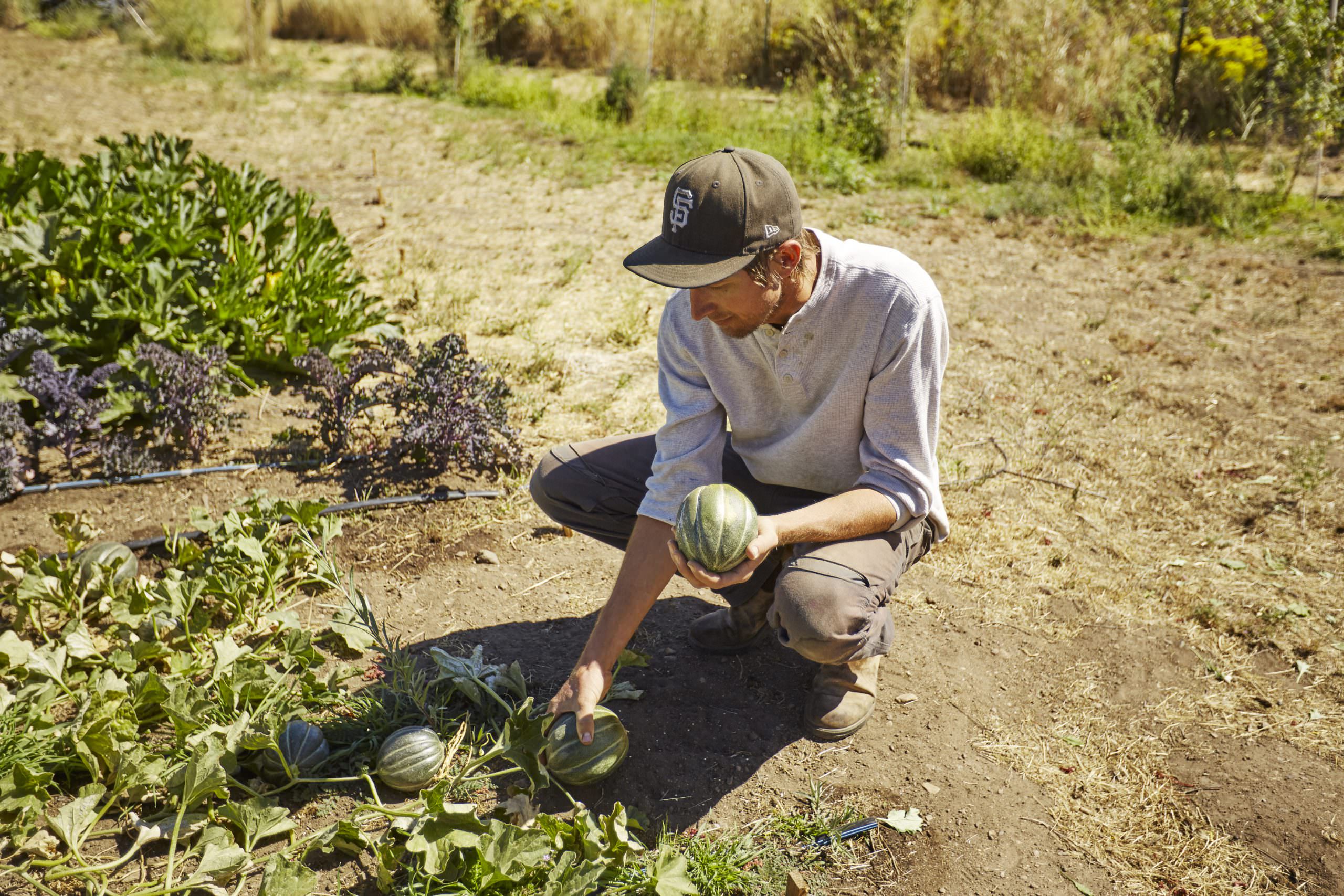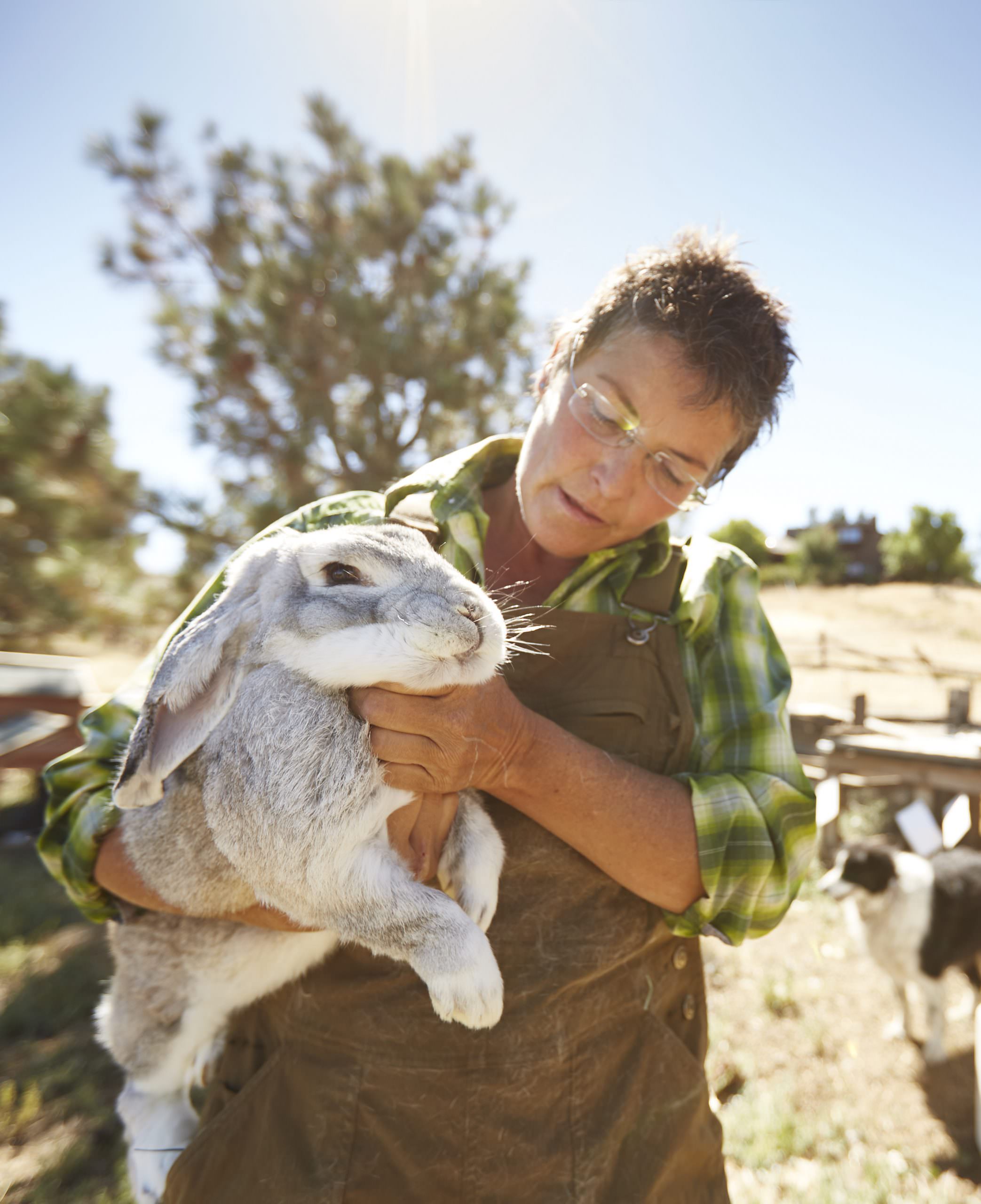As farms and farmers dwindle in number, locals take action.
‘Where have all the farmers gone?”
Before long, these might be appropriate lyrics to add to that Pete Seeger folk classic.
Sadly, it’s not just a rhetorical question. We actually may be witnessing the slow but steady disappearance of this iconic figure from our landscape, culture, and economy.
Consider these sobering statistics. According to the United States Department of Agriculture, the average age of farmers in the U.S. is a staggering 58.3. Even more startling, farmers aged 65-plus outnumber those under 35 by a whopping six-to-one ratio. It doesn’t take a math genius to realize that these numbers may portend an ominous situation. As our aging farmers retire or die, they leave a huge deficit of young farmers to fill their shoes.
Over the last century, the total number of U.S. farmers has declined, going from six million in 1910 to just two million today. The USDA predicts that one quarter (500,000) of these current farmers will retire within the next 20 years.
Retirees aren’t the only problem. There’s burnout as well. According to the USDA, from 2007-2012, we lost almost 100,000 farmers ages 45 to 54, while gaining a paltry 2,384 farmers ages 25 to 34.
So, will we starve? Not likely. While small and midsize commercial farms are disappearing in record numbers, huge industrial farms are exploding in size. While they will fill our plates, there’s still good reason for concern. The latest USDA data indicate that three-quarters of America’s farmed cropland are now controlled by just 12 percent of farms.
Statistics like these are alarming to many of the nation’s locally based farmers, ranchers, and food advocates who are concerned about issues including food miles, carbon footprint, chemical proliferation, environmental hazards, crop diversity, and food quality, as well as the safety and security of our food supply. How wise is it to put the fate of most of our food supply in the hands of so few suppliers?
Roots of the problem

Wendy Baroli, of GirlFarm, with a sow named Lucille, who is munching on a mangle (similar to a giant turnip) grown for feed
Wendy Baroli, 51, has been a successful full-time farmer since 2005. She’s the owner of GirlFarm, a 100-acre farmstead just outside of Reno. As a fourth-generation market farmer, her agrarian roots run deep, and her concerns regarding the future of agriculture run even deeper.
“To become resilient, we have to go back to regional and localized food systems, which actually feed people where they live,” Baroli says. “We must restore that connection to the local economy rather than the national and international trade economy.”
But for that, we need a generation of new young farmers. Where are the young farmers of the future? Why are so few Millennials and Gen X, Y, or Z-ers willing to take up the plough?
The intense rigors of the occupation rank high on the avoidance scale. The profession requires huge physical demands, long days, and virtually no free weekends or vacation. In other words, it’s tremendously hard work with too little of something today’s young people value: work-life balance.
Add low pay to that list. Since 2013, the net income for farmers has dropped by more than 50 percent. The USDA says that in 2018, it is expected to fall to the lowest level in 12 years.
Additionally, the National Young Farmers Coalition, a nationwide advocacy group, has conducted extensive surveys of its members to determine major barriers to the occupation. Respondents cite the following: procuring access to land, affordable health care, paying student loan debt, and finding skilled labor, all on a farm income.
No wonder so few young people sign on.
A new direction

Lettuces growing in a greenhouse at Prema Farm in Reno
Yet some brave souls still are willing to become farmers, but in a markedly different, nontraditional way. Perhaps they hold the key to the future of a vibrant local farm scene.
According to the USDA, 69 percent reported having college degrees — significantly higher than the general population. This advanced level of education suggests that they may be drawn to farming for different reasons than previous generations.
Surprisingly, according to the NYFC survey, the vast majority weren’t raised in agricultural families but instead are ex-urban, first-time farmers. They’re far more likely than the general farming populace to operate small farms, grow organically, eschew fertilizers and pesticides, diversify crops, and embrace technology.
They also are highly engaged with their community food systems through CSAs and farmers’ markets, thereby contributing to the growth of the local-food movement. By forming food hubs to distribute their products, they’re helping to fill the role of vanishing midsize farms.
And while their numbers still are small, there are signs of hope. For only the second time in the last century, according to the USDA, the number of farmers ages 25 to 34 actually grew.
Local dynamo

Zach Cannady and his wife, Kasey Crispin, own Prema Farm in Reno
Zach Cannady, 35, and his wife, Kasey Crispin, 33, could be the poster models for the future farm family (especially with their adorable baby girls posed on their laps).
The couple owns Prema Farm, a certified organic farmstead, just 12 miles north of Reno. It encompasses only 1.5 acres, but with four-season farming — thanks to two 6,000-square-foot greenhouses — can produce the equivalent of a six-acre farm. Additionally, seasonal crops are planted in 140 beds, each 100 feet long, enabling them to grow high-value, niche crops that take advantage of the farm’s high altitude and cooler temperatures.
The farm already has garnered much attention for its quality, productivity, innovation, and balanced use of technology. Cannady employs no-till farming practices, to support soil and water conservation, as well as wisely and effectively used technology, to increase farm efficiency without compromising the integrity of the land or its products.
“This is definitely the most laborious thing I’ve ever done for an occupation,” Cannady says about his 65-hour work weeks. “But when I’m doing something I’m so overwhelmingly passionate about, it doesn’t feel like work.”

Zach Cannady of Prema Farm in Reno picks melons
His efforts are paying off. Despite making some costly infrastructure investments, Cannady ended his first season in 2018 in the black by marketing through his CSA and farmers’ markets, wholesale outlets, and restaurants. He’s optimistic that he’ll reach unheard-of financial benchmarks in the next few seasons.
“Five years from now,” Cannady says, “I hope we can become a training ground and an inspiration for other local farmers to jump on board with this no-till, small, intentional agriculture, to really feed our community and make it possible for real food security for the Great Basin.”
Wonder women

Geiger, the llama, at GirlFarm in Reno
Another surprising statistic emerging from various studies? The future of farming is female. With their numbers nearly tripling over the last three decades, women are the fastest-growing demographic in agriculture, now accounting for 30 percent of farm operators.
Quincy’s Elizabeth Powell, 35, owner of Five Foot Farm (aptly named for her diminutive size), may be young and tiny, but she has emerged as a powerful agricultural leader in her community. While working for Plumas Rural Services, Powell initiated a program to build the local farming culture and market.
The project involved intensive training for three to four farmers a year, providing education, guidance, and mentoring as each started his or her own farm. In conjunction, Powell created a multi-farm CSA, which had about 100 members per year, sourced from 10 local farms.
The program ran successfully for nine years. Unfortunately, the extraordinary growing challenges and market limitations of the small, remote, high-altitude community were instrumental in the program’s demise this past year.
“We were trying to create a new paradigm within the old paradigm of cheap food and mechanization and chemical input,” Powell says. “It’s just really hard to compete with that.”
Although the CSA has disbanded, Powell isn’t disheartened. The community benefited and learned much from the venture, she says. Perhaps the experience will lead to future projects and solutions.
Lyndsey Langsdale hopes that instituting a similar model in Reno, with its more moderate climate and a larger market, might prove successful. Langsdale, 35, is the former owner of the now-defunct Lost City Farm in Reno, an innovative farm established in an inner-city food desert. Utilizing skills she gained from that experience, she now manages a five-acre demonstration farm at Betsy Caughlin Donnelly Park in West Reno for Reno Food Systems, a nonprofit dedicated to cultivating community food systems through education, research, and civic engagement.
In partnership with Washoe County Regional Parks and Open Space, the Park Farm, as it is called, is being developed as a teaching campus for novice farmers. This past summer was the inaugural season for the program, offering hands-on training, education, and mentorship for four interns. The goal is to take on four new interns each year while continuing to support the efforts of its graduates who, in turn, will mentor those following behind them. So far so good, Langsdale says.
Meanwhile, GirlFarm’s Baroli has done her part to put women farmers front and center on the local map. She is one of the area’s most successful small farmers and an ardent advocate for the Nevada agricultural community.
And Baroli pays it forward. She offers internships and hands-on training opportunities for individuals interested in farming, generously giving access to an acre of her farm, for $25 a month, to anyone who wants to build their own small farm.
Baroli weighs traditional farming techniques against technological advances and sees value in both. She believes that the true answer to our vanishing farmer dilemma is a balanced approach: a diversity in the workforce and a diversity of skills.
Teching it up a notch
Jake O’Farrell has one foot in our agricultural past, and one in the future — way in the future. He grew up in a farming family — his father, Mark, is the founder of Hungry Mother Organics in Minden. On the other side of the spectrum, O’Farrell, 29, also is the creator, designer, and construction genius of some of Northern Nevada’s most innovative, cutting-edge indoor farming facilities.
The merging of these worlds started with efforts to develop aquaponics technologies at Hungry Mother with his dad. O’Farrell spent six years independently researching the technology — experimenting, designing, creating prototypes — until he finally scaled it up to a commercial level.
The eventual result was Dayton Valley Aquaponics, a 30,000-square-foot, state-of-the-art, solar-powered, greenhouse facility that is capable of producing more than 100,000 pounds of vegetables and responsibly raised tilapia each year. O’Farrell designed, oversaw construction of, and managed it from 2014 until recently.
In June of this year, he left DVA for a new challenge: the opportunity to design and manage construction of Bonanza Pharms, a state-sanctioned agricultural research project.
This 5,000-square-foot, fully automated, controlled-environment, hydroponic facility specializes in the production and extraction of premium quality cannabidiol, or CBD, a nonpsychoactive cannabis compound that has significant medical benefits.
O’Farrell has created a bright future for himself by combining his farming background with technology. He sees a lot of opportunity in the field of agriculture for people with varied skills and interests.
“At DVA, we had no shortage of interns from all over the country who were graduating with degrees in everything from mechanical engineering to molecular biology,” O’Farrell says. “They were trying to get into agriculture because they saw it as the hottest field of the future.”
Perhaps when we ask the question, “Where will we find the young farmers of the future?” we have to cast a wider, more inclusive net.
Barbara Twitchell is an award-winning writer and an avid, but admittedly mediocre, gardener. She learned a lot from these passionate, hardworking, dedicated farmers and secretly hopes her thumb will be a bit greener after spending time with them.
Resources
National Young Farmers Coalition • Youngfarmers.org
This nationwide advocacy group is focused on changing policy, building networks, and providing resources and business services to enhance success of young farmers. The nonprofit welcomes anyone beginning a career in farming, regardless of age.
Reno Food Systems • Renofoodsystems.org
This organization oversees various programs that promote agricultural research and education.If you are interested in learning more about the demonstration farm at Betsy Caughlin Donnelly Park Farm, including internship opportunities, contact RFS through the website.
World Wide Organization of Organic Farmers • Wwoof.net
WWOOF links volunteers with organic farmers around the world, offering an opportunity to gain farming skills. Volunteers are provided room and board in exchange for their labors.
No Till Farming and other innovative practices and tools are utilized by Zack Cannady of Prema Farm. For an introduction to these farming practices, visit Neversinkcourses.com.
GirlFarm offers fresh, locally grown, heirloom produce and humanely raised, heritage USDA meat through The Farmers Table. Wendy Baroli also offers online or on-farm classes as well as internship opportunities. For details, visit Girlfarm.org or call 775-221-0001.
Prema Farm offers fresh, locally grown, certified organic produce available through membership in the farm’s CSA. For details, visit Premafarm.com.


